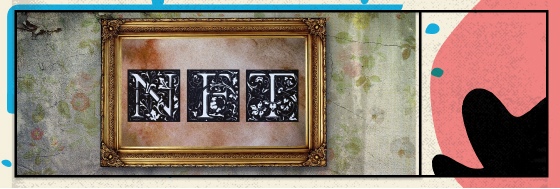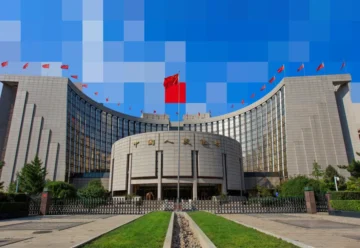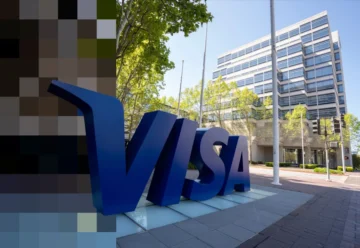The Royal Museum in Belgium Tokenized Painting to Buy It

The Royal Museum of Fine Arts Antwerp in Belgium has tokenized a painting only planned to be purchased.
Belgium’s KMSKA museum, together with blockchain project Rubey and compliance firm Tokeny, tokenized James Ensor’s painting “Carnaval de Binche” to exhibit the artwork at the museum. The piece is valued at €1 million, and the tokens were issued on the Polygon blockchain network, with values starting at €150.
Unlike traditional NFTs, the painting is tokenized in the form of an art security token (AST) — they are secured by debt instruments and fall under securities laws.
The token standard is ERC-3643. The tokens give their owners certain financial rights to the artwork used as collateral. There are also plans to launch a technical solution for the secondary market on the Rubey platform in 2023, which should increase the liquidity of assets.
The Belgian Royal Museum’s idea is that more people should have an equal opportunity to own authentic art masterpieces. Tokenization in this context lowers the entry threshold for investors and helps democratize art investment.
The amount collected from the token sale will make it possible to purchase a painting from a private owner. The KMSKA, in turn, will receive a guarantee for the long-term rental of the work in the museum, allowing all art lovers to admire the painting.
Earlier, we shared the story of a successful NFT project by artist Natalya Gudovich, who launched her digital collection together with Cartier, the French jewelry house.











